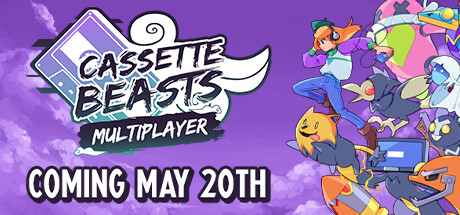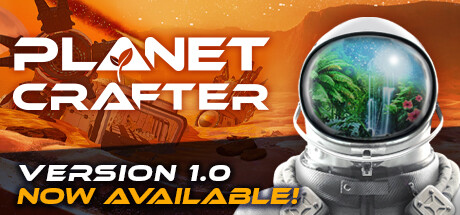Stop me if you’ve heard this one before.
Cassette Beasts is a monster collector RPG. After arriving on a mysterious island, you learn you’re trapped there. You also learn that the island is populated by monsters that can be captured in Cassette Tapes, and used to battle each other. There’s also a set of Gym Leaders Team Captains across the island, each of whom specializes in a different elemental type of monster. You get your own tape deck, and learn to use it to transform into the aforementioned monsters.
Then a hole opens up in the ground, and you fight a dying eldritch god in a subway station.
That’s not a spoiler, by the way. This happens just about 20-30 minutes into the game, but it’s the moment that Cassette Beasts sort of cues you into, that no, you do not in fact know what’s going on, and this isn’t a Pokemon clone.
Quick Notes
Two quick notes about Cassette Beasts.
First, I streamed my entire play-through of the game. If you’re curious about my experience, just watch that. (Especially if you think I’m being unfair about some of the bugs.)
Second, there’s a really good write-up by one of the developers of Cassette Beasts that you can read here. It contains spoilers, but it’s a really well written retrospective on the design choices they made, and why they made them, and I’m going to be referencing it a bit.
Cassette Beasts has two main game play states: overworld exploration/puzzle solving, and turn based combat.
Overworld
The overworld is pretty straight forward, and generally doesn’t have too many twists outside of the aforementioned eldritch god zones. You wander around, and over time you get a few traversal upgrades. You get a slowly descending hover, the ability to turn into a spiky ball to climb walls, and a dash to push through obstacles.
Outside of the weird zones, the Cassette Beasts overworld is by far the weaker of the two modes. It’s not the most inspiring thing to explore, and while it has cool moments, it also can be a bit buggy. There was a part where I just repeatedly clipped through the floor, which was bad, but not as bad as when the game just continually crashed.
Again, fun moments. But it’s mostly there to carry the meat and potatoes of the game, the turn-based combat:
Combat
Most combat in Cassette Beasts is 2v2, with some situations that change that. But in general, it’s your two monsters versus two opposing monsters. This is also where it starts to make significant shifts from Pokemon.
Here’s an example: thematically, you’re not actually capturing monsters, you’re just recording them to use their forms later. Since it’s a transformation, it breaks if you take enough damage. At which point any extra damage (either from multi-hit attacks, or other enemies) goes directly onto the player character. If it was Pokemon, it would be like saying that your trainer has a health bar. This means you can actually get knocked out mid battle, even while you still have monsters left to fight with.
Attacks use a fairly simple energy system, where each attack has a cost. At the start of each turn, each character gets a set amount of energy. As such, using big attacks means having to save up energy for a bit, or finding another way to generate it. But it does mean you can’t just spam your most powerful attacks out for free each turn.
There are a lot of other really interesting systems here, including the way type match-ups work (pretty much nothing like Pokémon), and the fact that all moves are effectively items that can be equipped and unequipped from your monsters. But the short version is that the combat is good, and I often found myself trying to break it, or experimenting with various setups, which is what I want in a game like this.
Fascinating and Frustrating
I like Cassette Beasts, but I also found it kind of difficult to play at times. The game is incredibly open-ended in letting you progress its story and quests, but that comes at the cost of occasionally feeling directionless.
There was one bit where I spent at least an hour and a half trying to solve a puzzle that it turned out didn’t really exist. The actual solution was to bring a specific character to that area that I hadn’t met yet.
There was another time late game where I pretty much just ended up grinding, because it didn’t feel like it was possible for me to beat a boss at my current power level.
At the same time, I pushed through those moments, because I wanted to see how the story would resolve. The boss designs were cool, and while the world is a bit barren, it’s still exciting to find the small secrets in it. For a two person project, it’s hard not to be impressed by the game.
It’s a very solid game, and I’d probably spend more time on it if there just weren’t so many other games available to play. As it is, though, it has just a bit too much friction for me to be interested in spending more time on it after beating the main story.





